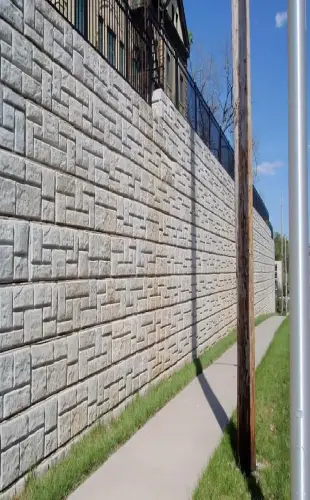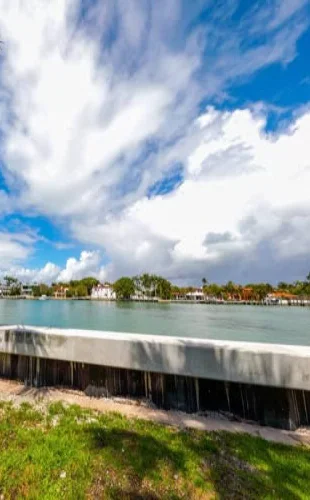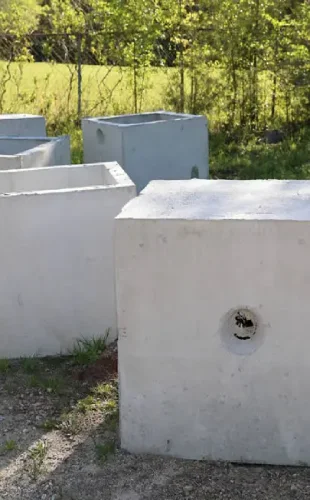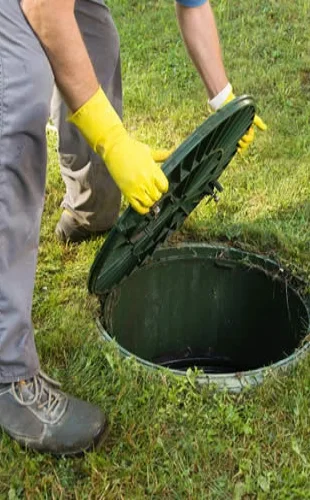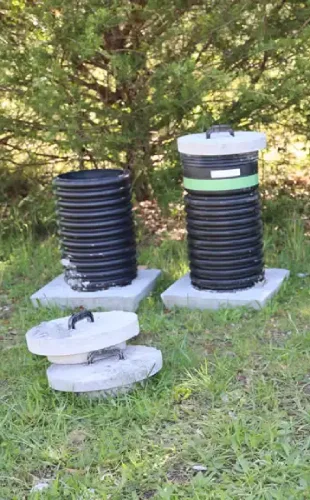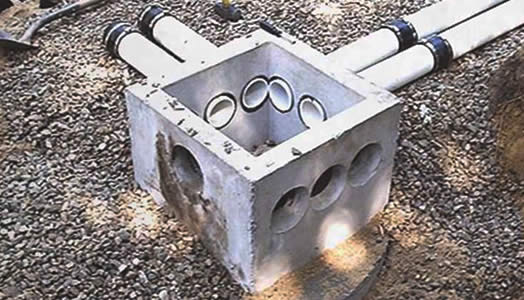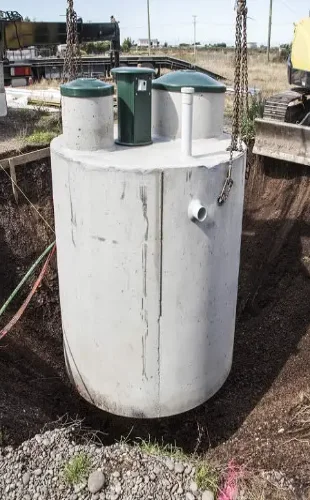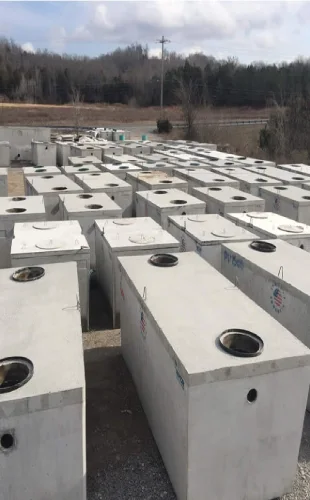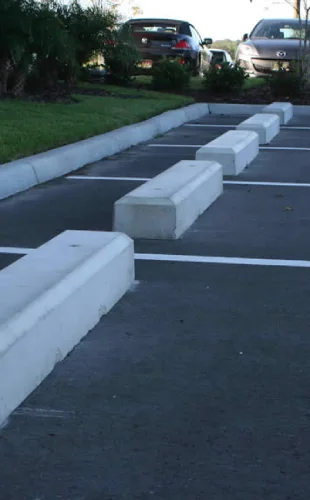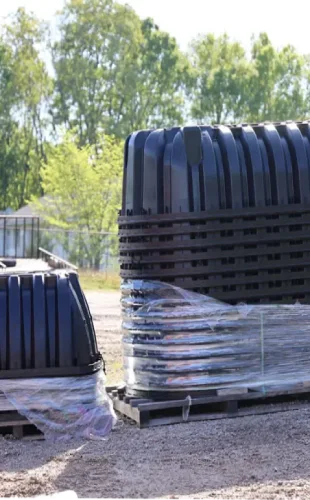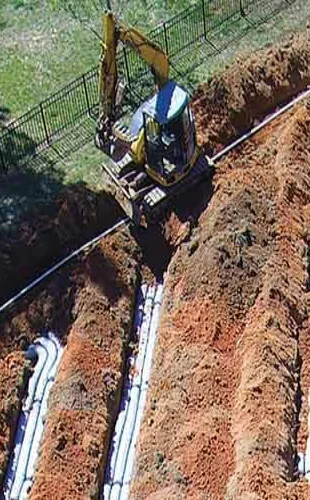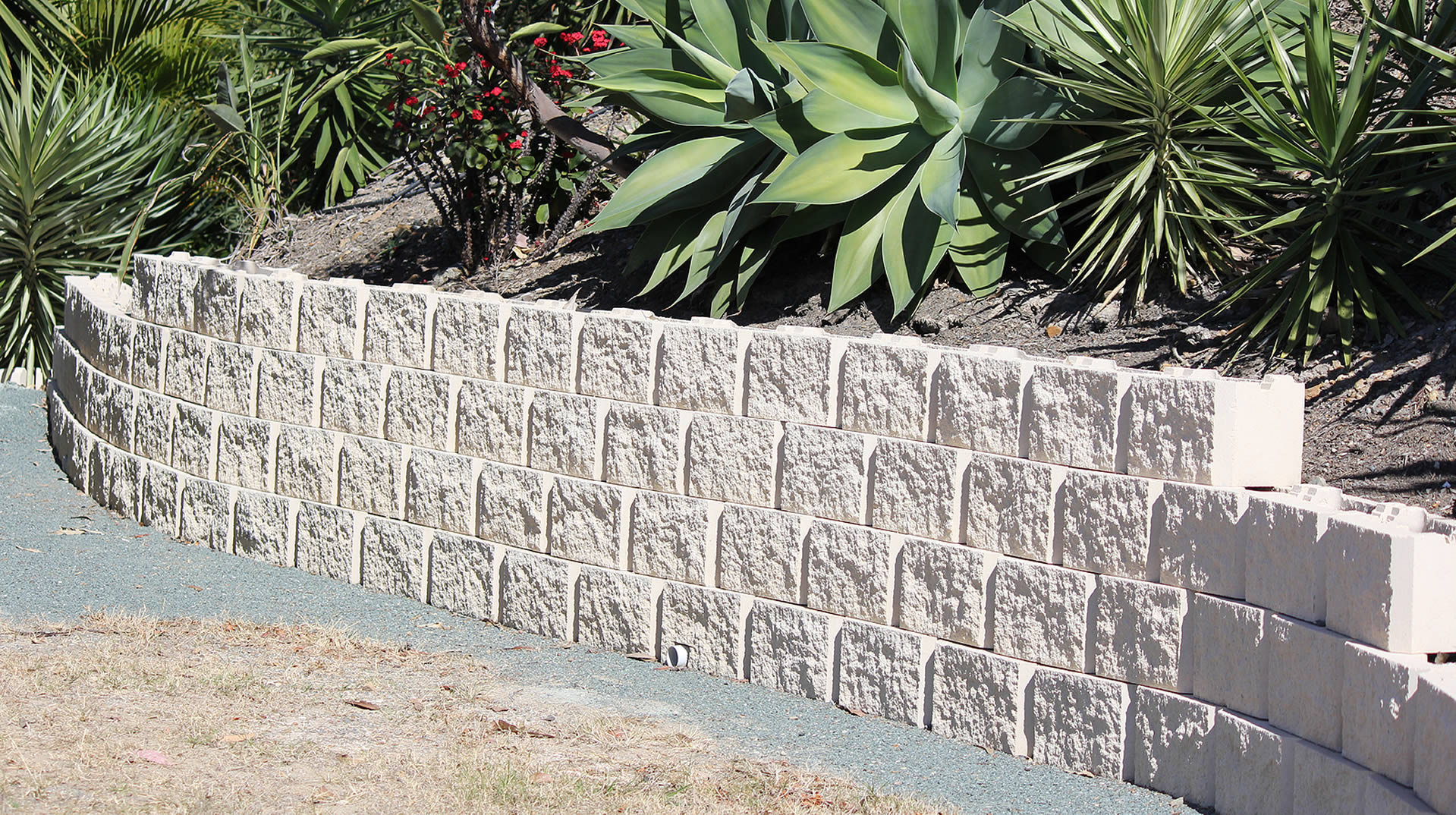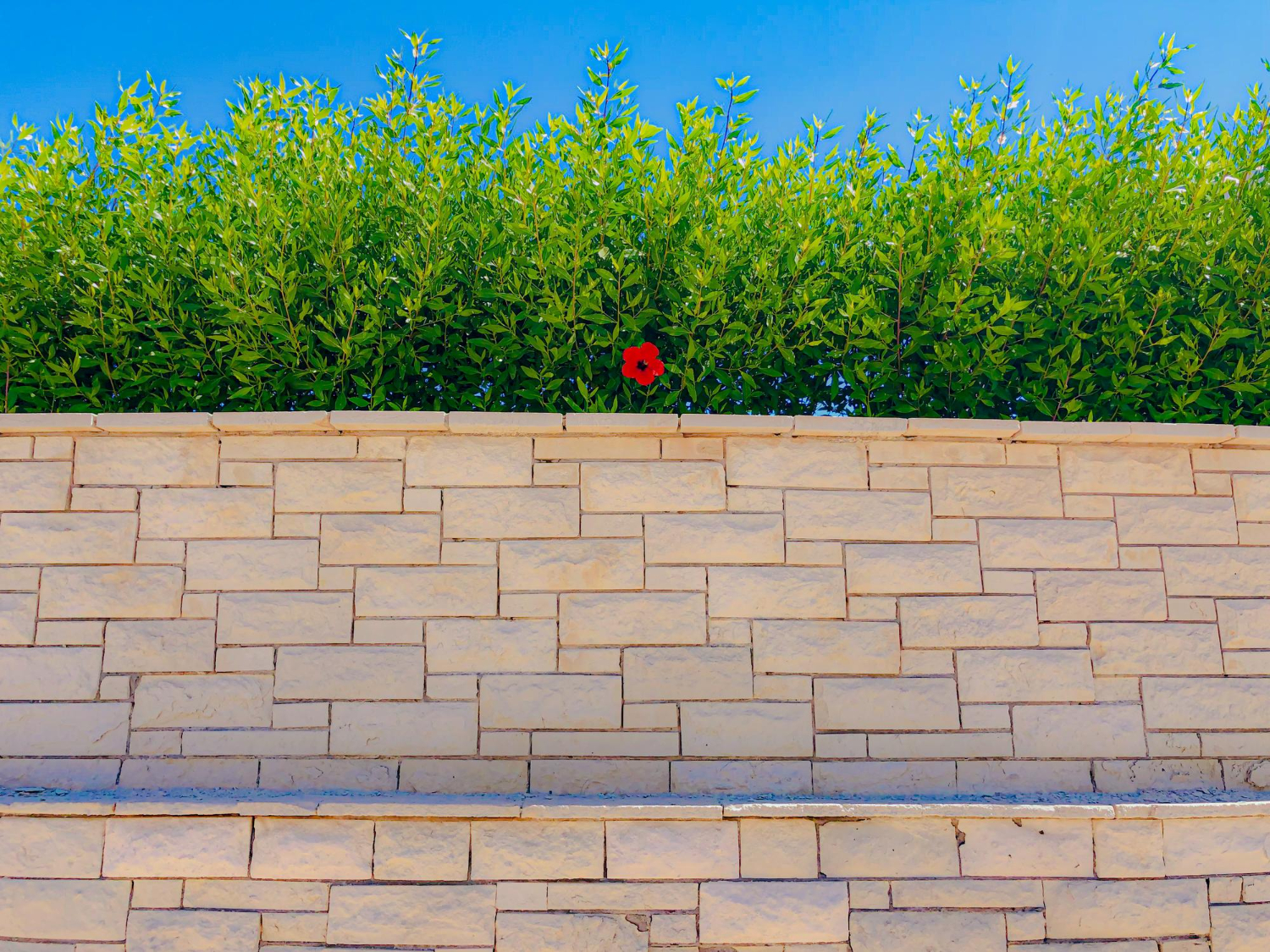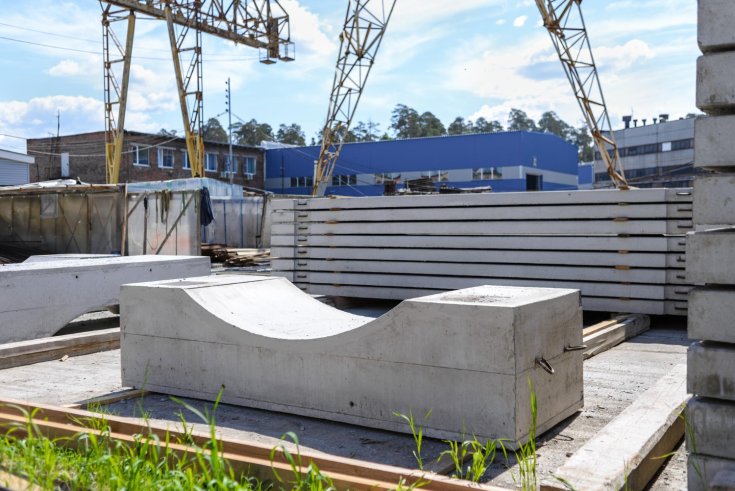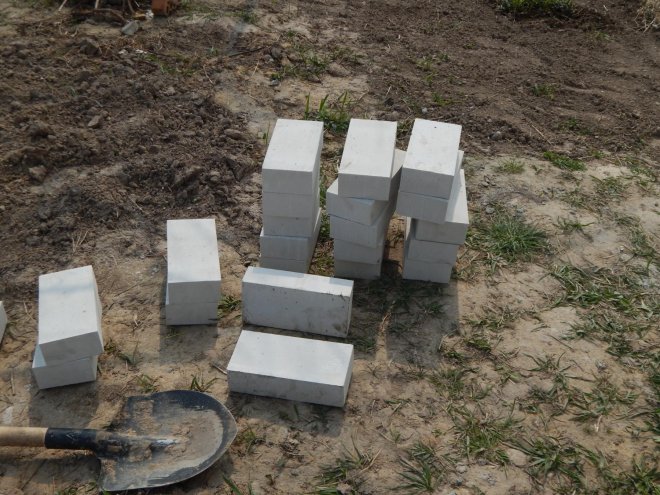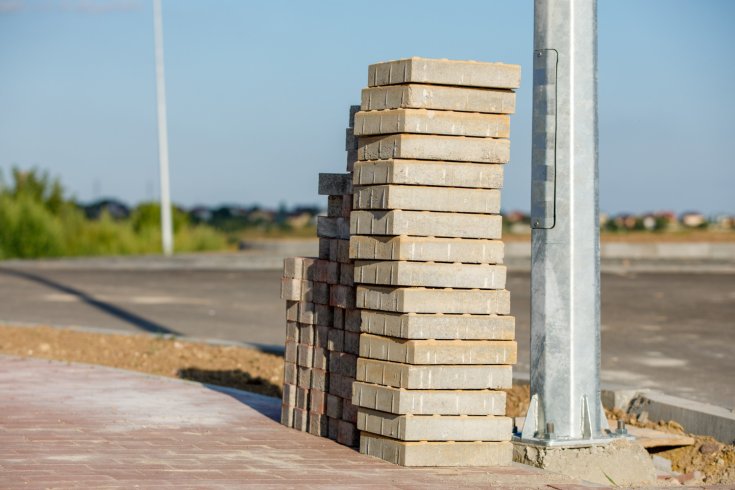Today, Garrett Precast shares smart solutions that work for installing retaining walls on sloped yards. As a top-rated precast company, we know what it takes to get the most out of your retaining walls.
Assess the Slope and Soil Type
Before installation, it’s important to evaluate the slope’s angle and the type of soil. Steeper slopes require stronger walls and sometimes tiered designs to distribute pressure evenly. Clay, sandy, or rocky soils each behave differently under weight and moisture, so understanding soil composition helps determine the correct wall design, foundation depth, and drainage strategy.
Choose the Right Retaining Wall Type
There are several types of retaining walls suitable for sloped yards, each with unique advantages:
- Gravity Walls: Rely on mass to resist soil pressure; ideal for smaller slopes.
- Cantilever Walls: Use reinforced concrete and are strong enough for moderate slopes.
- Segmental or Interlocking Block Walls: Easy to install, flexible, and ideal for terraced slopes.
- Terraced or Tiered Walls: Multiple shorter walls built in steps to handle steep inclines while adding usable flat spaces.
Selecting the right type ensures the wall can withstand both soil weight and environmental stresses.
Proper Excavation and Foundation Preparation
A strong foundation is key to wall stability. Begin by excavating a level trench at the base of the slope and adding compacted gravel or crushed stone to create a solid footing. For taller walls, deeper foundations and reinforced materials are necessary to resist shifting soil and hydrostatic pressure.
Incorporate Effective Drainage
Water buildup behind a retaining wall can lead to failure if not properly managed. Installing drainage solutions such as perforated pipes, gravel backfill, and weep holes allows water to escape. Proper drainage is essential, especially in sloped yards where water naturally flows downhill.
Reinforce for Longevity
For high or heavily pressured walls, reinforcement techniques such as geogrid or steel rods help stabilize the structure. Geogrid layers extend into the soil behind the wall, distributing weight and preventing movement. Reinforcement ensures the wall remains intact even under heavy rainfall or shifting soil.
Use Durable Materials
Material choice impacts both function and aesthetics. Natural stone, concrete blocks, and treated timber are popular for sloped yard retaining walls due to their durability and strength. Combining materials with landscaping elements like plants or mulch can also help control erosion and improve the visual appeal of the wall.
Professional Installation Ensures Safety
Sloped yard retaining walls involve engineering considerations. Improper installation can result in wall collapse, soil erosion, or property damage. Hiring professionals who deal with concrete precast products ensures proper grading, drainage, and reinforcement.
Get in Touch with Precast Concrete for Quality Concrete Precast Products
Garrett Precast is the precast company you can rely on when you need high-quality and affordable retaining walls in Greenwood, SC. We believe in the power of retaining walls to prevent erosion, create usable flat spaces, and help with water management. That’s why we’re committed to delivering superior-quality products in a timely manner. Apart from retaining walls, we manufacture and supply seawalls, septic tanks, septic tank lids, septic tank risers, lift stations, distribution boxes, and more. Send us a message online or call us by phone to place your order.
